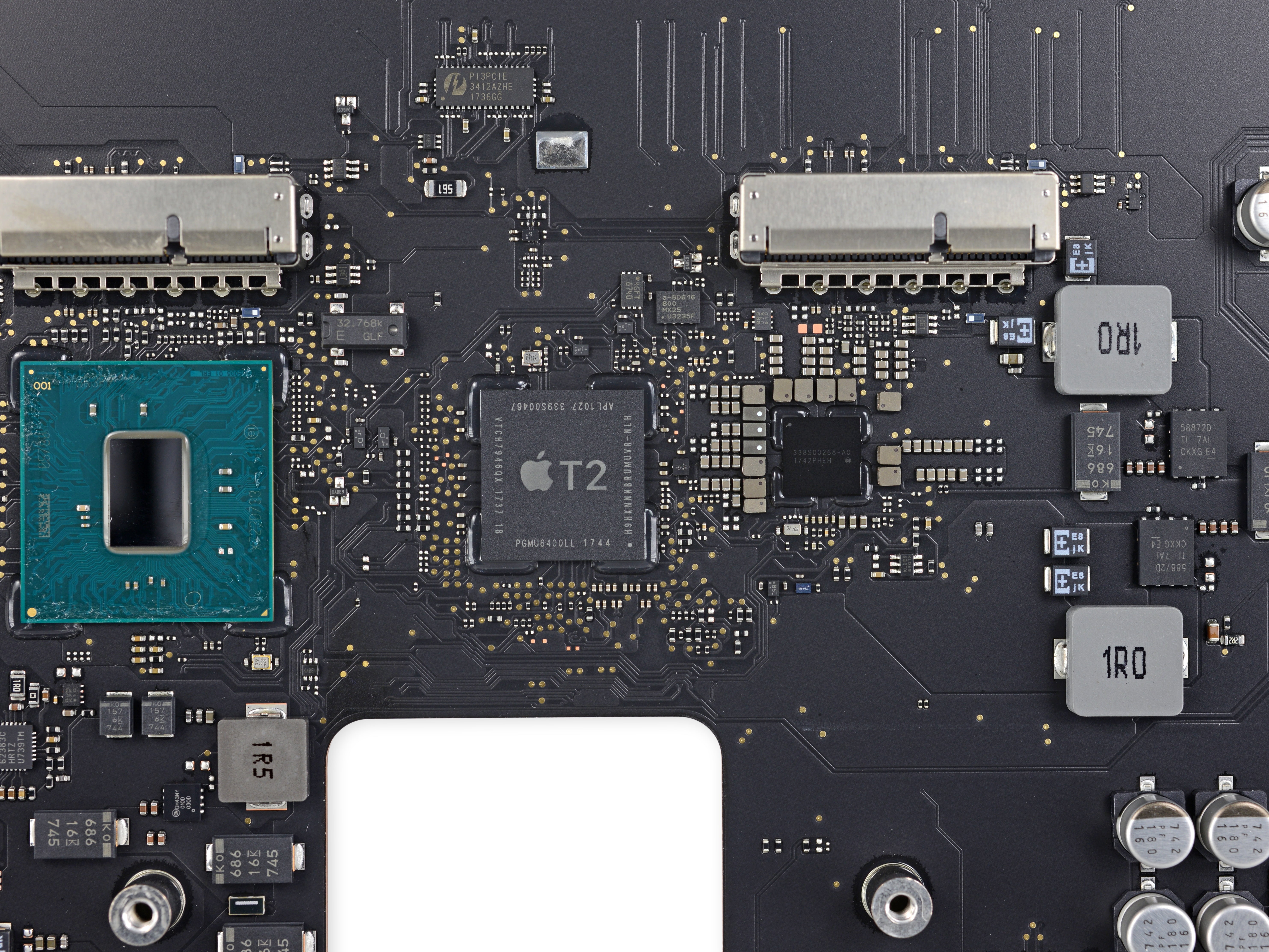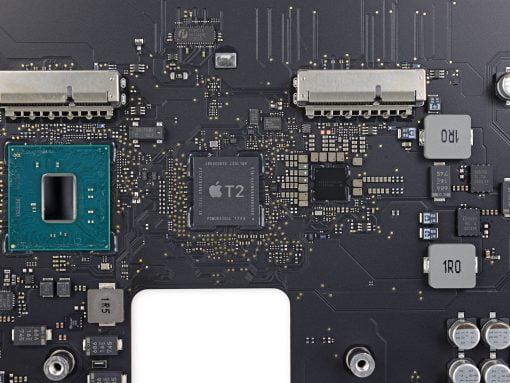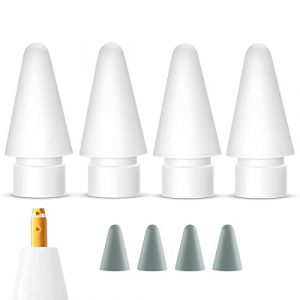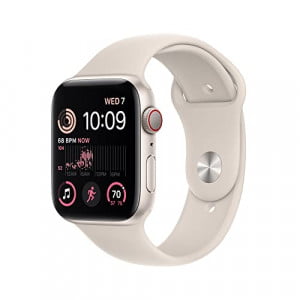Apple has confirmed that the T2 chips in newer Macs are also used to prevent repairs that are not performed by Apple.
This refers primarily to the logic board and the touch ID sensor because these components are security relevant. So there is a connection between these components, similar to the iPhone.
Apple has said to The Verge that the mentioned components are finally checked by software during a repair and then activated – this is the only way to complete a repair and the Mac is fully functional again. However, Apple could not say which other components would also have to undergo a security check: it could be that a replaced display or trackpad would paralyze the entire MacBook if it had not been repaired by Apple.
ifixit has already done a test and found that at least the display can be replaced if the parts come from an original MacBook. It may also be that Apple does not yet use the T2 chip completely to monitor the repair process and thus prevent third party parts from being replaced, thus rendering the MacBook unusable.
What happens after five to seven years?
So it’s clear that Apple can use the T2 chip to track all hardware changes and shut them down if desired. The question is what Apple intends to do with this technical possibility. It would be possible to make repairs outside the company completely impossible. It could also be that a repair is approved by a third party company, but the chip should be used to check the quality of the components used.
You should always have this issue in mind when it comes to the future viability and reparability of your valuable Mac. The interesting question arises when your hardware is classified as “obsolete” after about five years and there are no more official repair possibilities from Apple. If Apple does not switch off the T2 chip repair control for five to seven year old devices , all Macs would immediately turn into electrowaste in case of defects.





